QuestionHi, Chris. After a disasterous experience with a 55 gal bio-ball tank where we lost several lovely Discus, we have reverted to a more simple 30 gal with a bio-wheel that we set up three weeks ago. Nitrite levels are still at the max. Everything else seems cool. One beautiful female Discus survived the bio-tank and we've kept her in a small 5 gal on her own until the 30-gal establishes. We currently have some bottom feeders in the 30 gal. Two questions: tho' the female Discus seems fine, are we risking her life in such a small tank and next, will small daily water changes in the 30-gal help it to stablize more quickly? We're anxious to get "our girl" into the bigger tank so we can hook her up with a new partner. Thanks for a quick response!
AnswerHi Karon;
Make daily 25% water changes in the little tank instead of the 30 gallon. A 5 gallon is pretty small, even temporarily. Those daily changes will help her a great deal. Monitor the ammonia and nitrite in her tank too. Water changes aren't going to help the 30 gallon break-in but it will help the fish that are in it survive the process. Survival and health of the fish is why it's recommended to make changes during the break-in, not to help it stabilize. It can actually make the process take longer because the water changes reduce the toxins that the developing beneficial bacteria feeds on.
At 3 weeks it is quite normal for nitrites to be high. They will begin to drop in the next week or two as the break-in process continues. I have always used fish to break-in or "cycle" my tanks too. Keep the population very low and the feedings light and they can get through it safely. Many people do what's called a "fishless cycle" instead. They add a source of ammonia other than live fish such as a chunk of shrimp, daily sprinklings of fish food, or actual liquid non-sudsing ammonia. If a tank is in a fishless break-in period it is not necessary to make water changes because there are no fish in danger. You just monitor the ammonia and nitrite levels and once they drop and stay at zero after a few weeks, add a limited population of fish. The ammonia and nitrite still must be monitored and fish added slowly to the desired population. I like to wait a week before each new addition. Adding new ones slowly helps the bacteria colonies compensate for each new bio-load and there is a lower chance of toxins spiking.
Good luck with your new tank. Sounds like it will be very nice!
At Your Service;
Chris Robbins

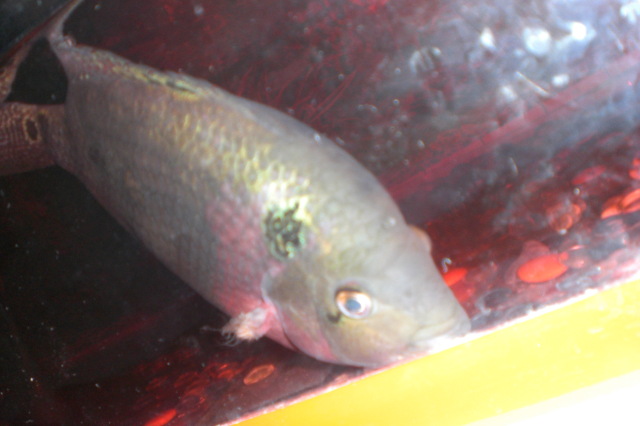 hi (about my flower horn fish)
Question
this is my flowerhorn
hi how are u? im just h
hi (about my flower horn fish)
Question
this is my flowerhorn
hi how are u? im just h
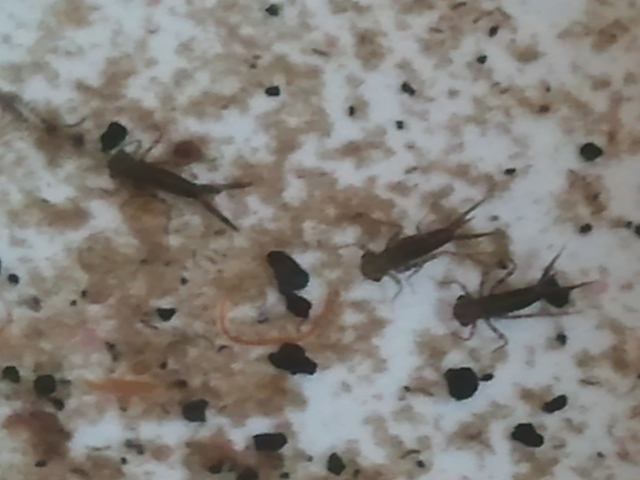 Found brown bugs in my filter!
Question
Bugs in tank
I cant find this answer an
Found brown bugs in my filter!
Question
Bugs in tank
I cant find this answer an
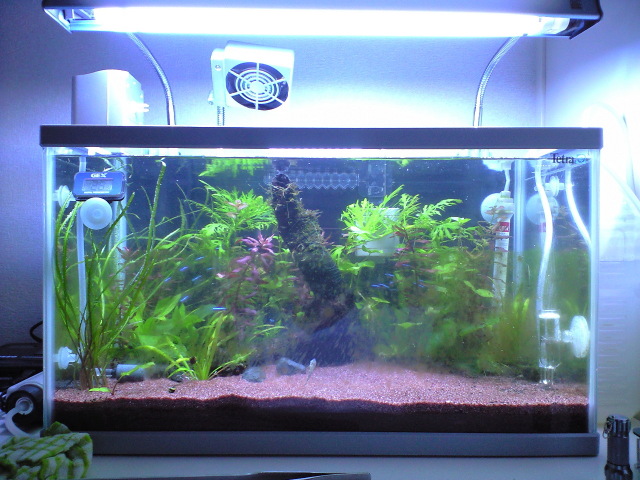 Very shy cardinal tetras and water questions
Questionaqua
QUESTION: Hi , its been a month tha
Very shy cardinal tetras and water questions
Questionaqua
QUESTION: Hi , its been a month tha
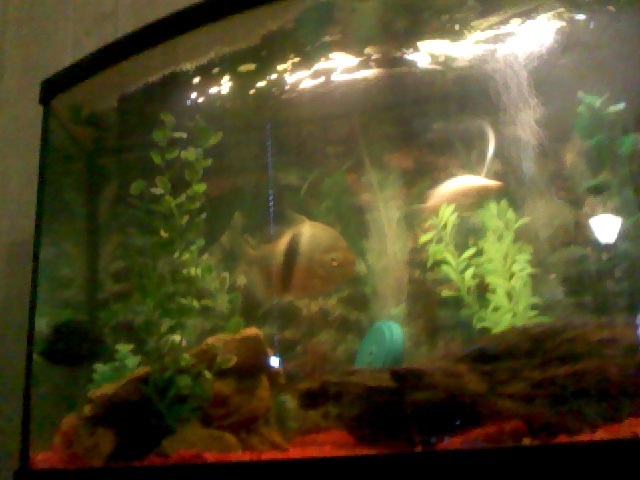 46 gallon tank
Questionmy tank
QUESTION: hello in my tank I use
46 gallon tank
Questionmy tank
QUESTION: hello in my tank I use
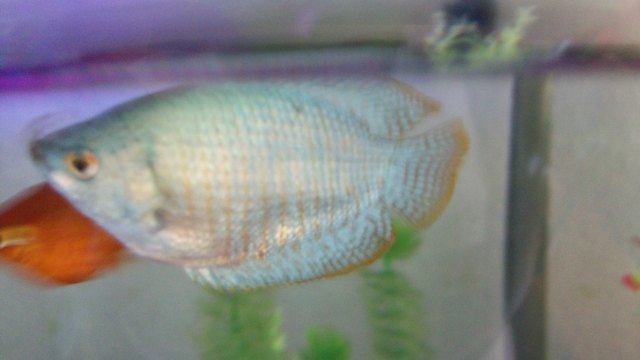 Putting a Female Dwarf Gourami with my 2 Male Dwarf Gouramis
QuestionGouramis
QUESTION: Hello! Have a few Gou
Putting a Female Dwarf Gourami with my 2 Male Dwarf Gouramis
QuestionGouramis
QUESTION: Hello! Have a few Gou